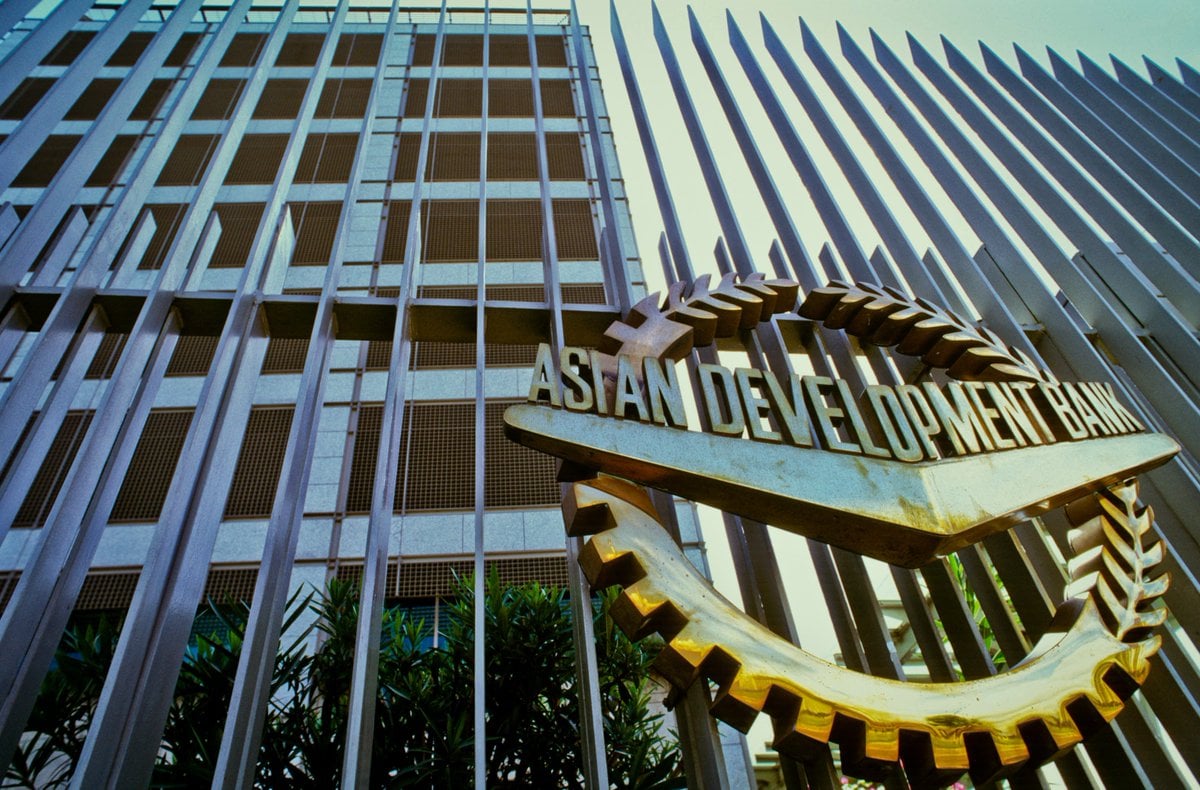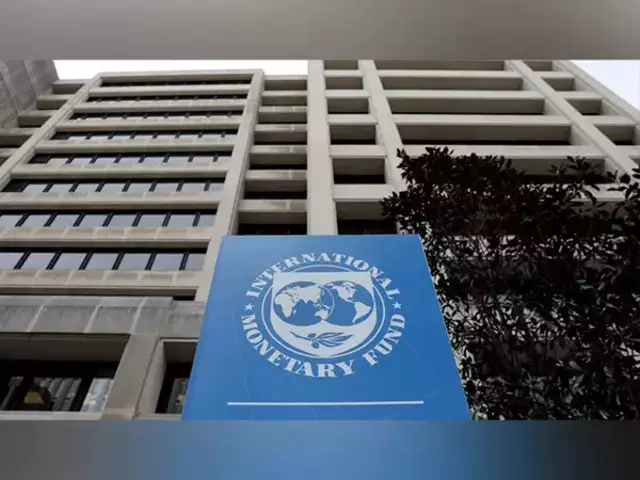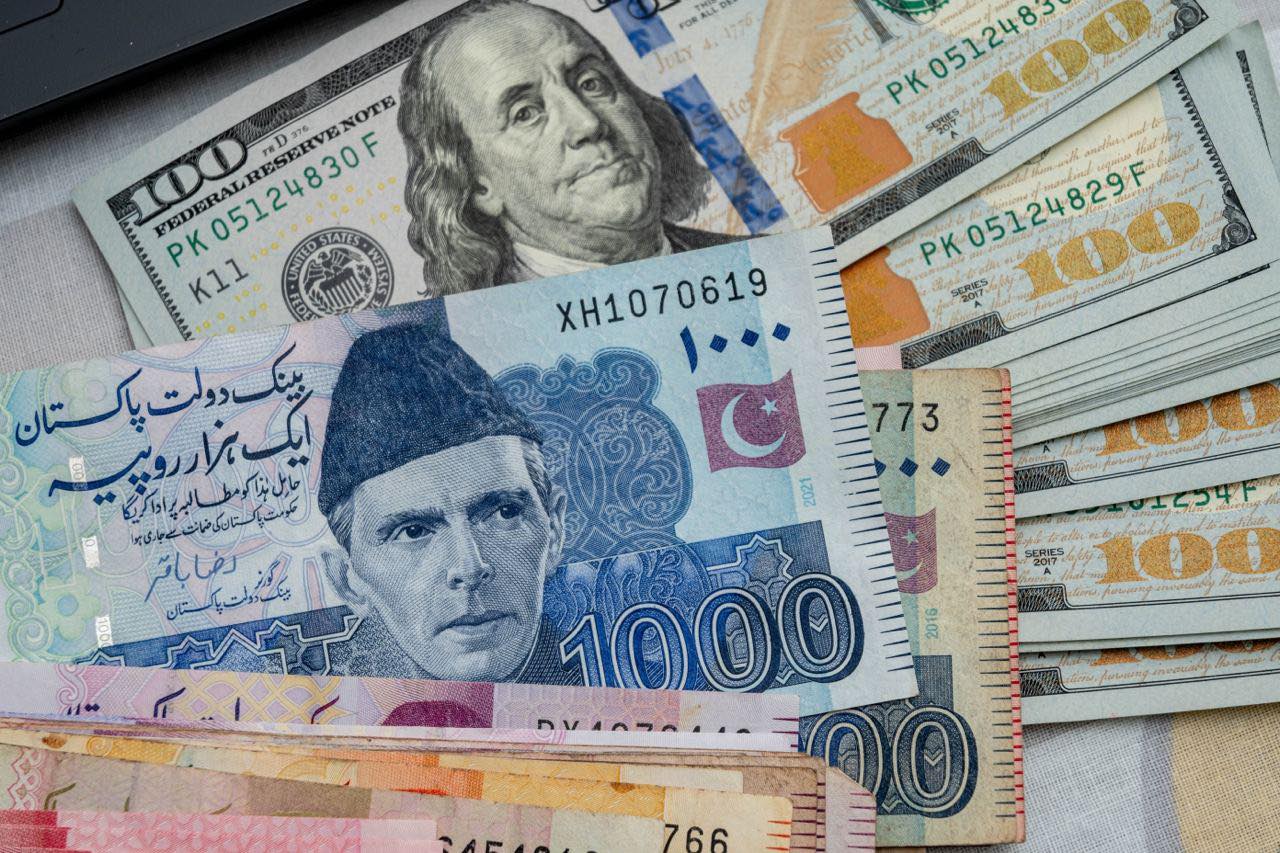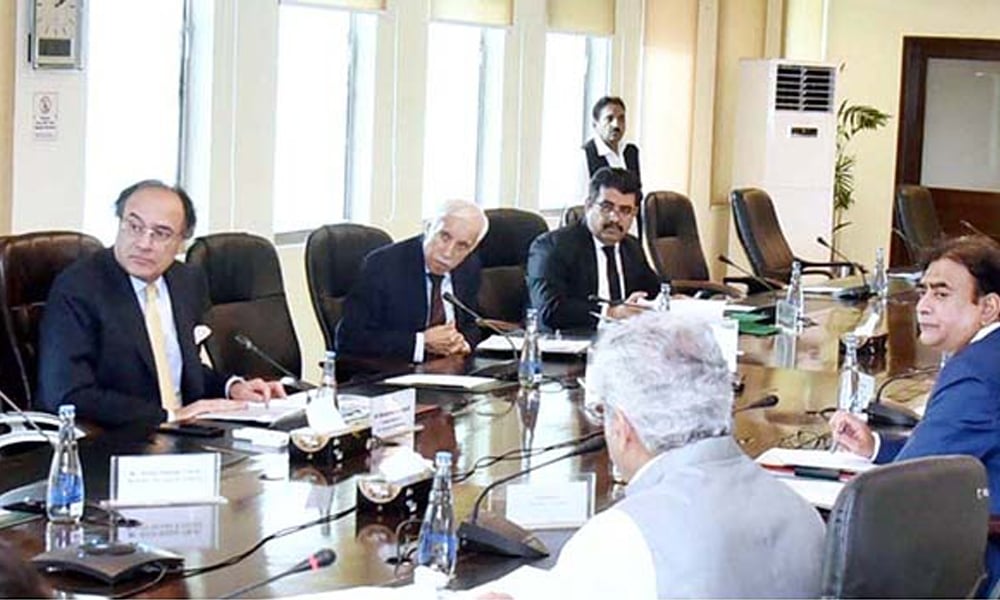PTBP Web Desk
The Independent Evaluation Department (IED) of the Asian Development Bank (ADB) has recently shed light on a striking inconsistency in Pakistan’s utilization of technical assistance (TA) versus its lending programs. According to the IED’s comprehensive report titled “ADB Technical Assistance Operations, 2014-2023,” Pakistan shows the most significant divergence in aligning its TA with its lending activities.
The report highlighted that Pakistan’s lending in the industry and public sector management sectors constitutes 43% of its total loan program, yet the TA operations in these same sectors are only at 25%. This imbalance suggests a potential underutilization of technical assistance where it could play a pivotal role in enhancing policy, governance, and economic efficiency. Conversely, in the agriculture and natural resources sector, although receiving a substantial 21% of all TA, with half dedicated to project preparation, it sees a mere 3% of the lending, indicating a focus on planning without corresponding financial support to execute these plans effectively. The energy sector appears to be an exception where lending and TA are balanced, especially considering the multi-tranche financing facility’s contributions to project preparation. This balance might reflect a more strategic approach in this critical sector.
The report also notes changes in international aid patterns, mentioning that the United Kingdom, previously a significant co-financier of TA in Pakistan, has shifted its strategy. Now, it supports multi-donor trust funds across various sectors, which might affect how TA is structured and delivered in Pakistan.
The ADB’s 2022 Client Perceptions Survey indicated positive feedback from clients regarding the alignment of TA with their countries’ development needs (84% agreement) and its effectiveness in addressing knowledge gaps (79% agreement). This marks an improvement from the 2020 figures, suggesting a gradual enhancement in how TA is perceived by recipient countries. However, evaluation missions to countries like Pakistan revealed a common request for more robust engagement in the design, implementation, and ongoing status updates of TA projects. This feedback underscores a gap between the ADB’s delivery and the expectations or needs of developing member countries (DMCs). There is also an interest from DMCs in participating in the procurement process of TA, indicating a desire for more localized control over how technical assistance is deployed.
This divergence between TA and lending in Pakistan points to several strategic implications for development strategy. There’s a clear need for reevaluating how TA resources are allocated to ensure they complement lending effectively, which could lead to better policy implementation and project outcomes. Enhanced involvement of local stakeholders in TA can foster greater ownership and potentially improve the success rates of projects. This includes not only central government but also sectoral agencies, which are often directly involved in project execution. For sectors like agriculture and natural resources, where there’s significant TA but less lending, there might be an opportunity to revise the approach towards more financial backing to convert planning into action.
Pakistan’s case, as highlighted by the ADB’s report, serves as a critical example of the challenges in aligning financial aid with technical assistance. The findings suggest a need for better synchronization between TA and lending to maximize developmental impacts. Engaging more deeply with local governments and agencies in the TA lifecycle could bridge this gap, ensuring that technical assistance not only plans but also facilitates the execution of development projects. This report acts as a call for introspection and strategic realignment for not just Pakistan but potentially for other DMCs facing similar discrepancies.




